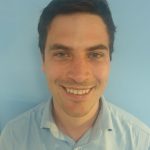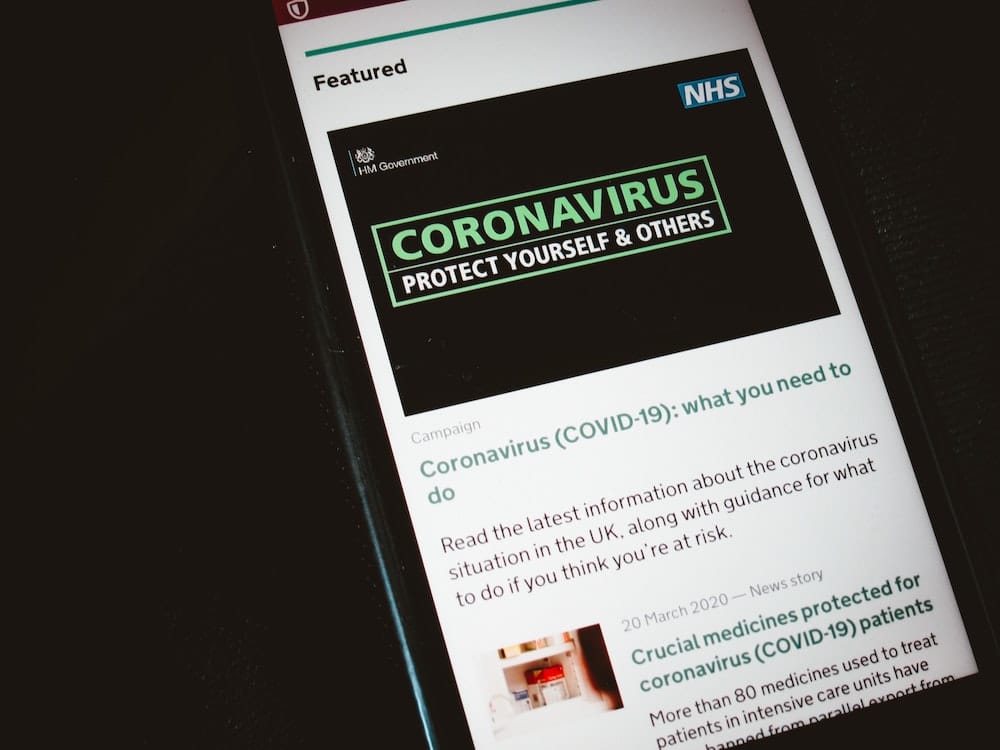 James Hibberd is a GP working in Islington in North London.
James Hibberd is a GP working in Islington in North London.
Disease is more than purely biological. Chemical imbalances, hormone deficiencies, and micro-organisms are filtered through the human experience to create the phenomenon we call a disease. As Charles Rosenberg wrote in his essays on this subject:
“In some ways disease does not exist until we have agreed that it does, by perceiving, naming, and responding to it” (Charles Rosenburg, Framing Disease: Studies in Cultural History)°
Rosenburg argued that patients, families, clinicians, charities, hospitals, professional bodies, insurers, employers, the media and the government all frame biology in a way that both makes sense to and benefits them.
What was also apparent was that the frame was shifting from week to week.
In the early weeks of the crisis I was working in the overwhelmed 111 setting.° The government was concentrating on protecting the NHS and the messaging was focused on staying at home. The primary care concern was on how to triage safely° and manage as many people at home as possible. The doctors working on the phones framed the disease as an acute illness. Once a patient had passed week 2 the danger was felt to be over and hospitalisation unlikely.
After a couple of weeks in the hot hub the frame shifted. The first pulmonary emboli° and fibrotic lung changes° began to be seen weeks after the initial illness. The respiratory teams at the local hospitals became involved and took ownership. Clinics were set up and the disease became re-framed as a chronic respiratory issue. We saw a corresponding spike in referrals to the hot hub with chest pain and breathlessness coupled with a similar spike of referrals from us into the hospital. Only two of the patients we referred had thrombotic disease, neither was felt to be COVID-19 related.
Then there was the news in the press° as well as an emailed alert to all GPs° highlighting the small number of children suffering from a Kawaskai-like illness.° In the minds of both the public and of GPs the disease frame shifted again, from being a disease of the elderly to be a potentially life-threatening childhood illness. We saw a corresponding spike of referrals both to the hub and to A&E; no significant COVID 19 illnesses were diagnosed.
Our human response to this new biological challenge is what will define this new disease for years to come.
The reality is that COVID remains most dangerous in the early stages, as was initially shown in the data from China.° It is also more hazardous to people with certain characteristics°. As has happened throughout the history of medicine the disease that is being created in the minds of some patients and doctors sometimes seems to bear little relationship to these biological facts.
We must recognise that as clinicians we are involved in creating a new disease. According to Rosenburg’s structure we have ‘perceived’ and ‘named’ it and are now in the process of bringing it into existence by our collective response. It is this step which is critical. We must be conscious that the way that we communicate symptoms and risk with each other and our patients has wider implications beyond the immediate clinical situation. Our human response to this new biological challenge is what will define this new disease for years to come.







Amazing article, very interesting
A much needed primary care perspective placing the rapidly changing events in a broader context. Thanks, good read.
Good read. I wonder if health care will permanently adapt as a result to become more technology focussed.
Really interesting GP perspective. Thanks, great read
Excellent article! The speed of decision making has provided an adaptability the NHS hasn’t been able to show previously, removing another disease of decision by unanimous committee and a risk averse attitude to new ideas; one has to wonder how we can prevent a recurrence in the post-pandemic world
Very interesting read. Thank you for a new perspective on this topic.